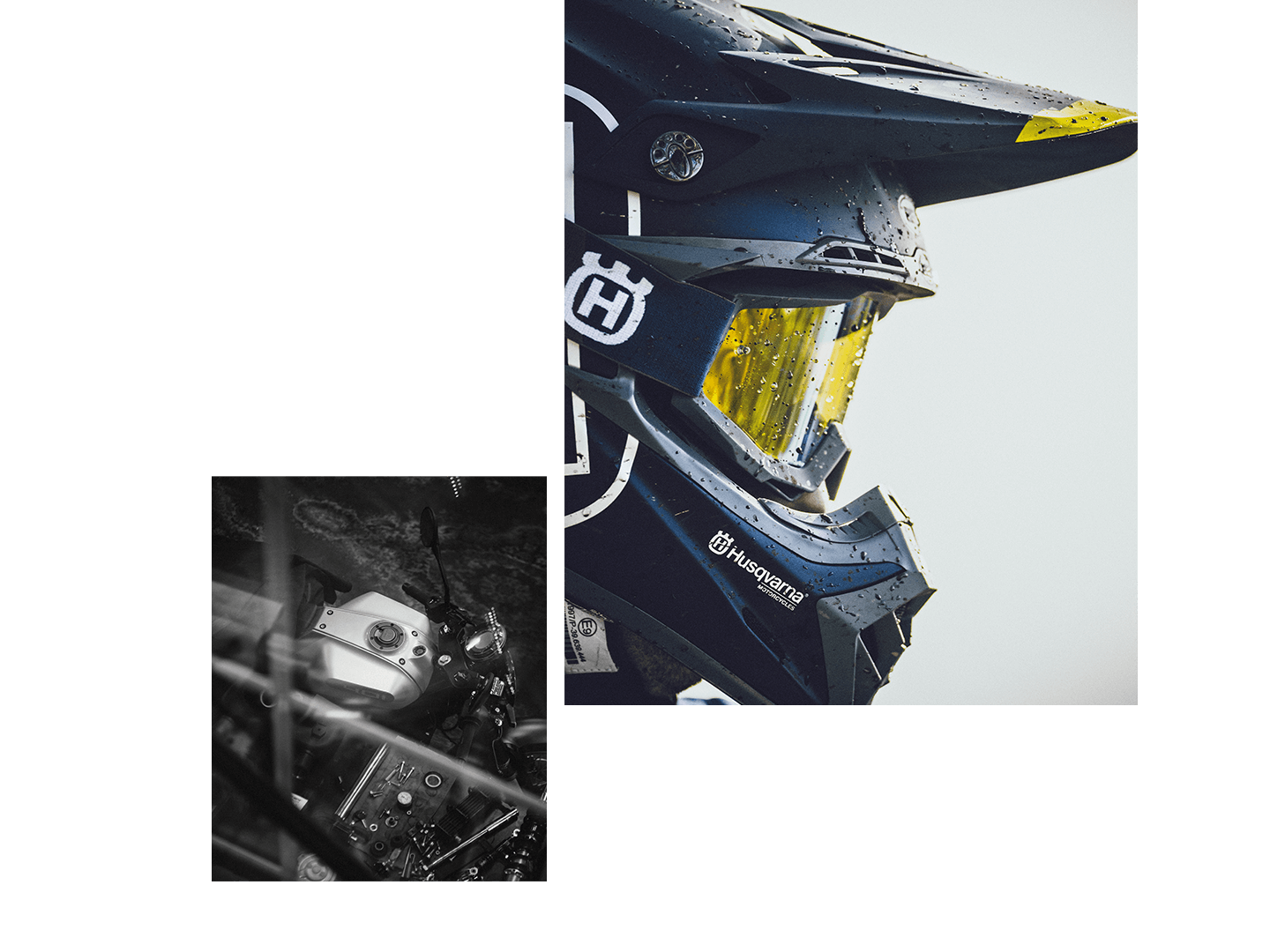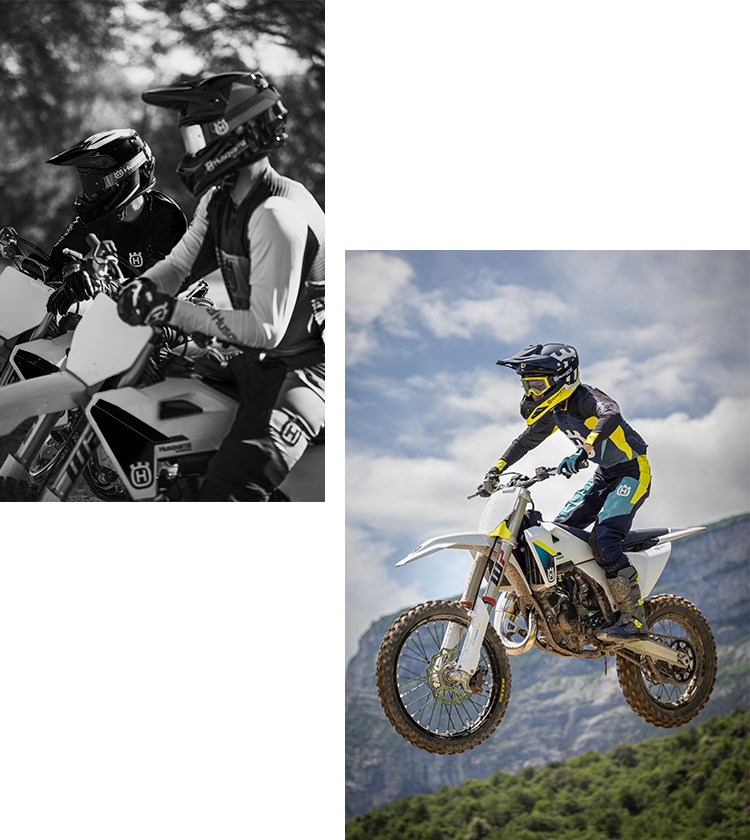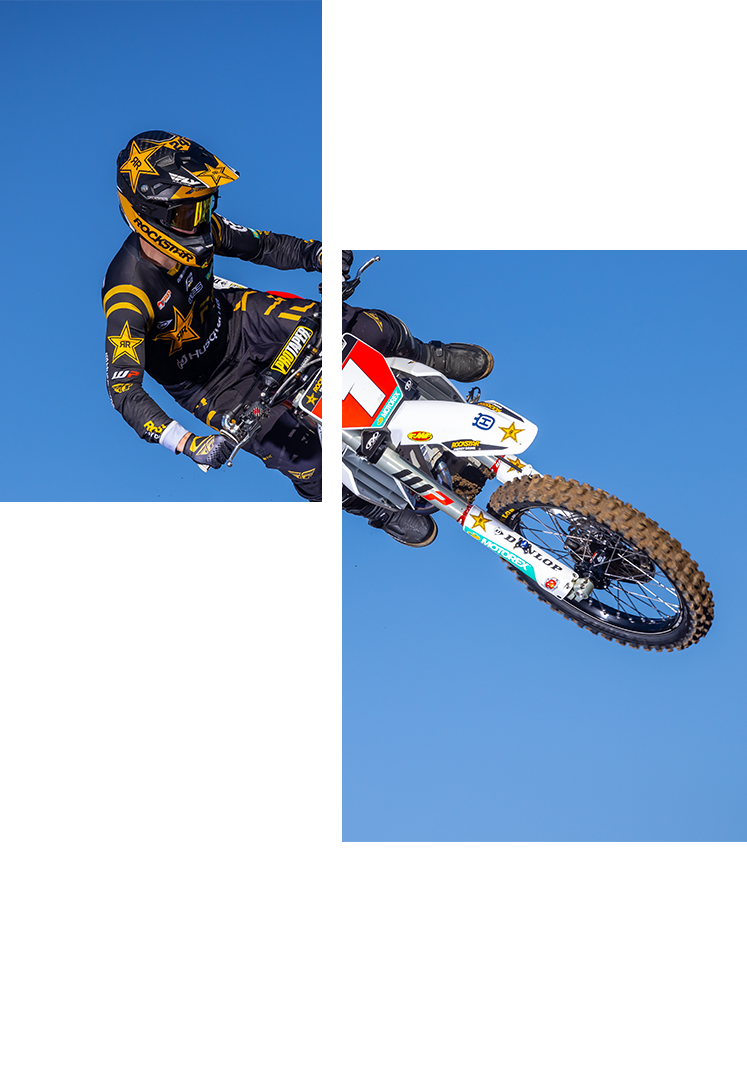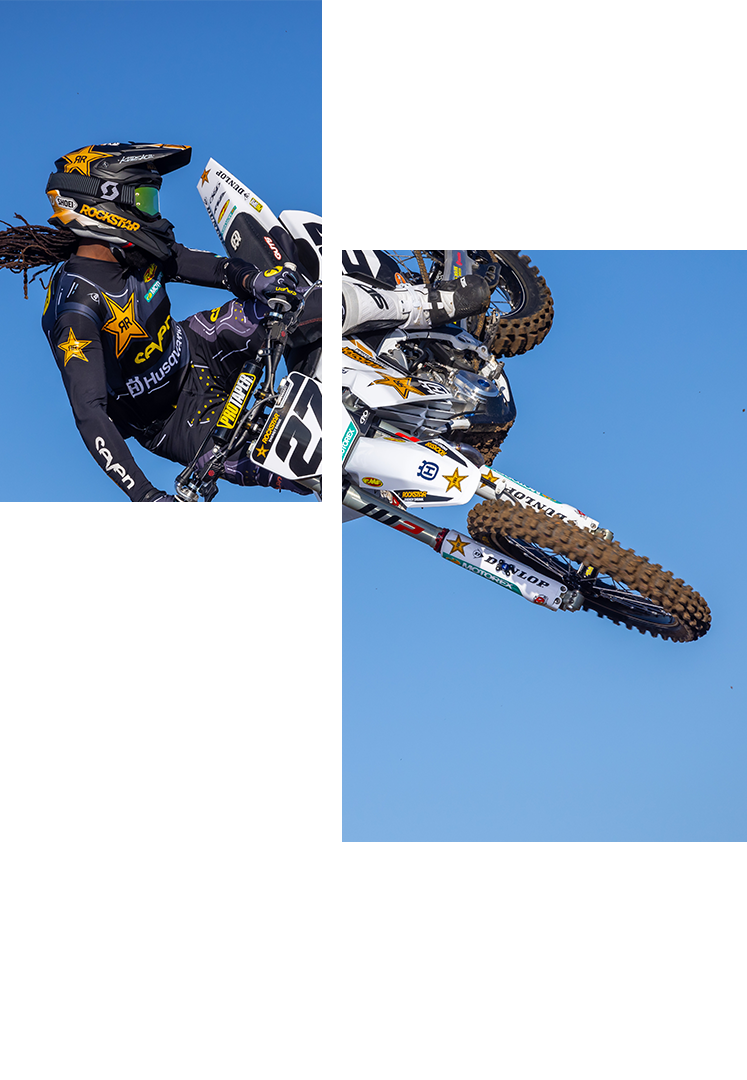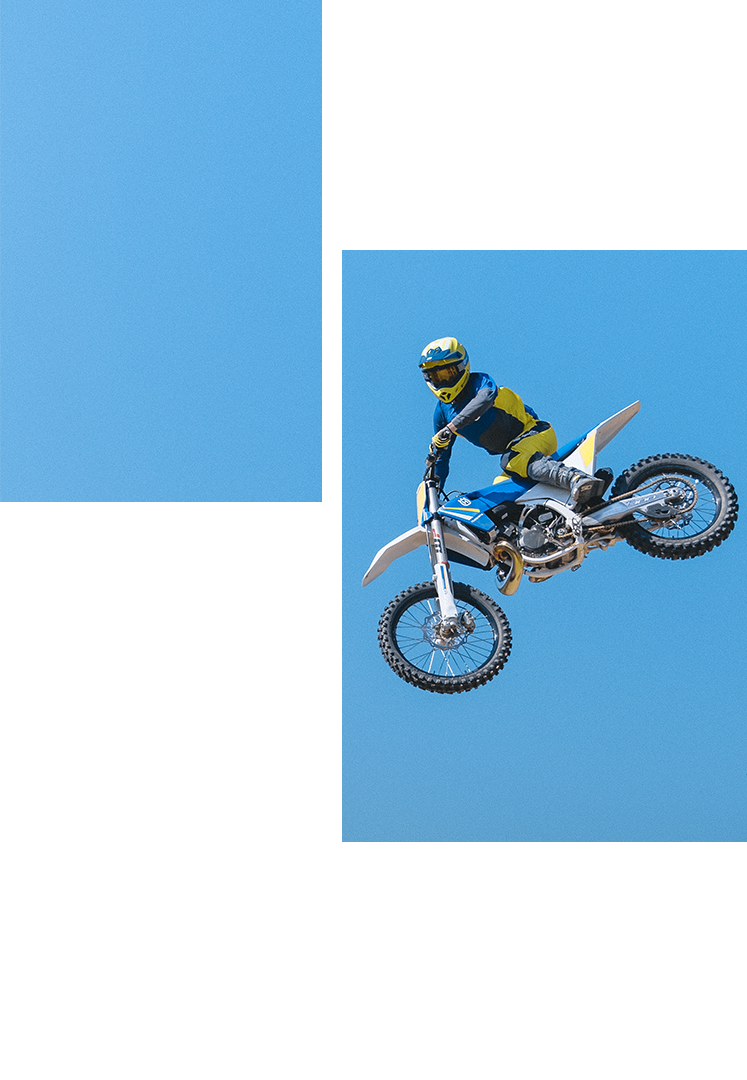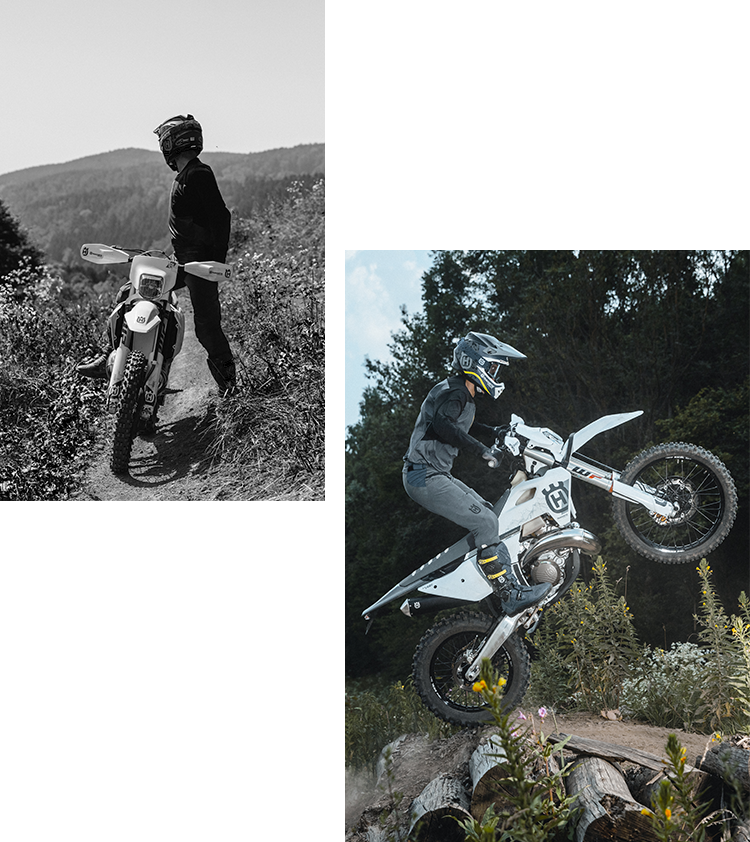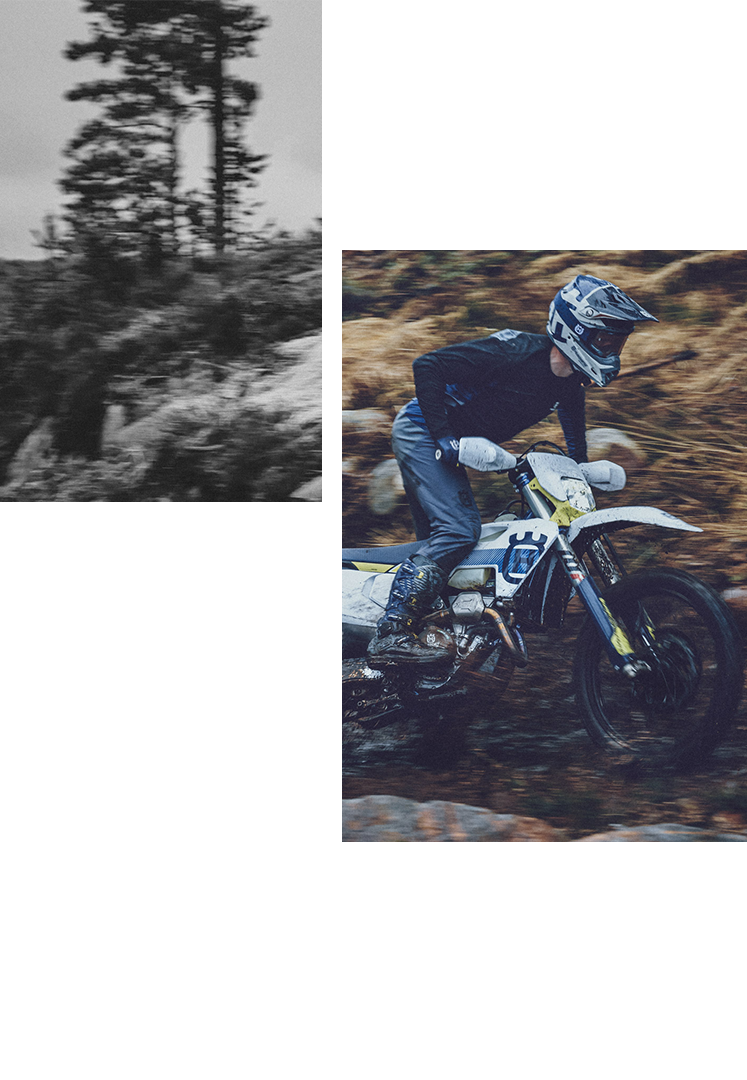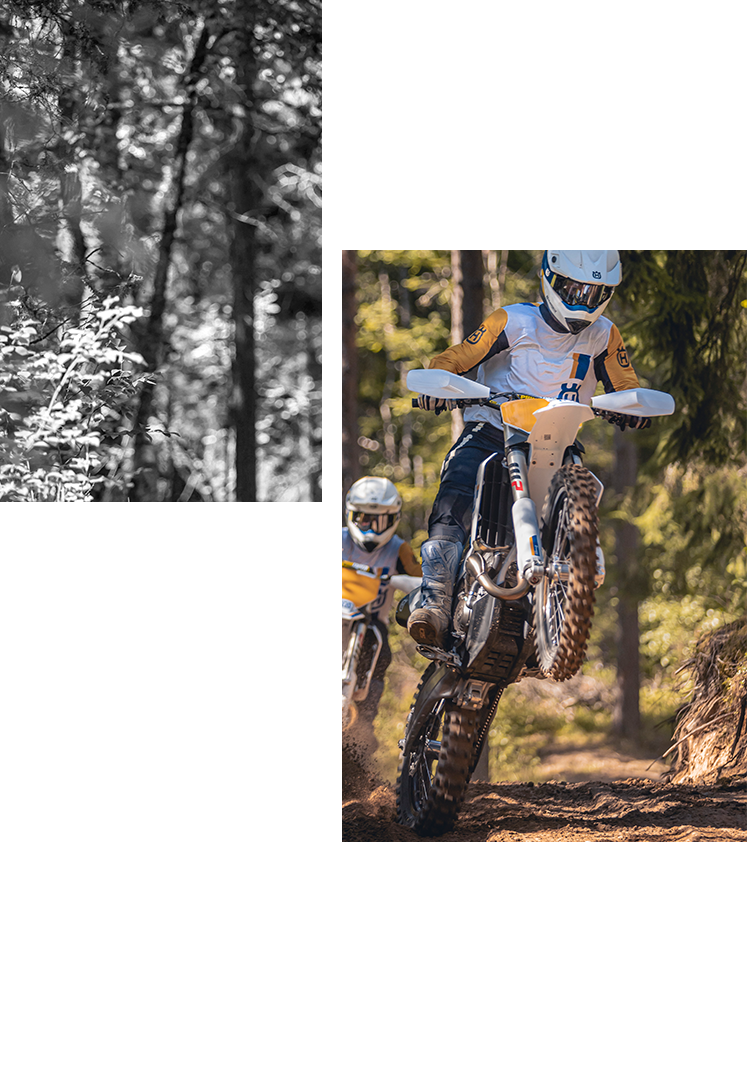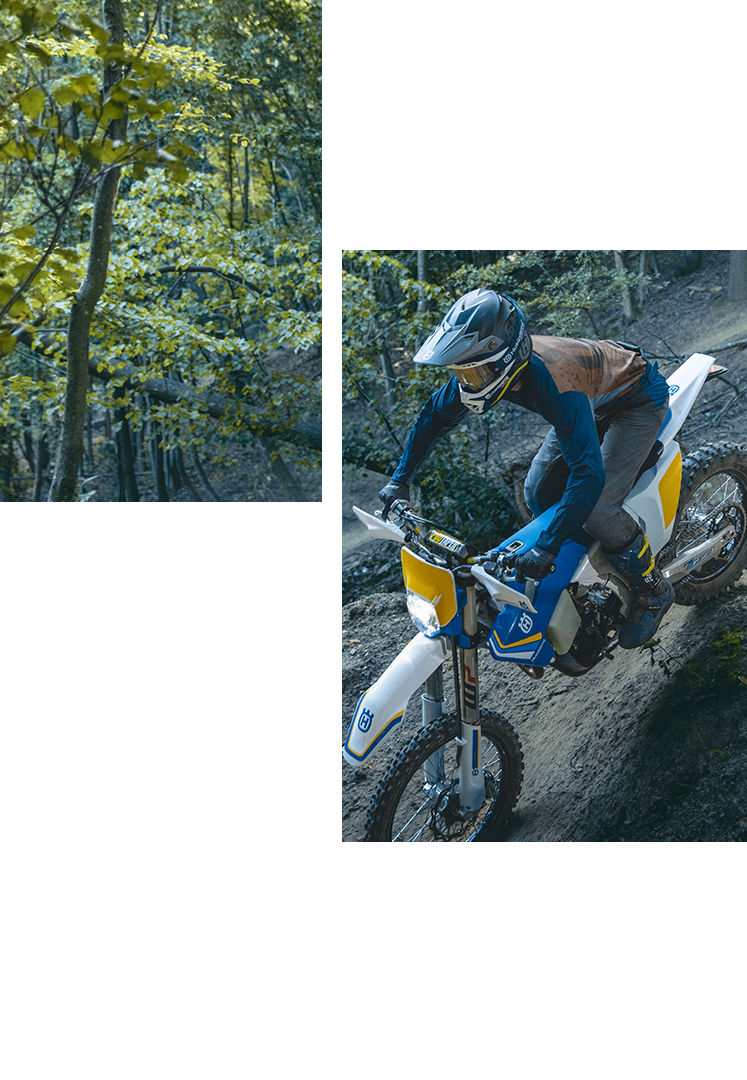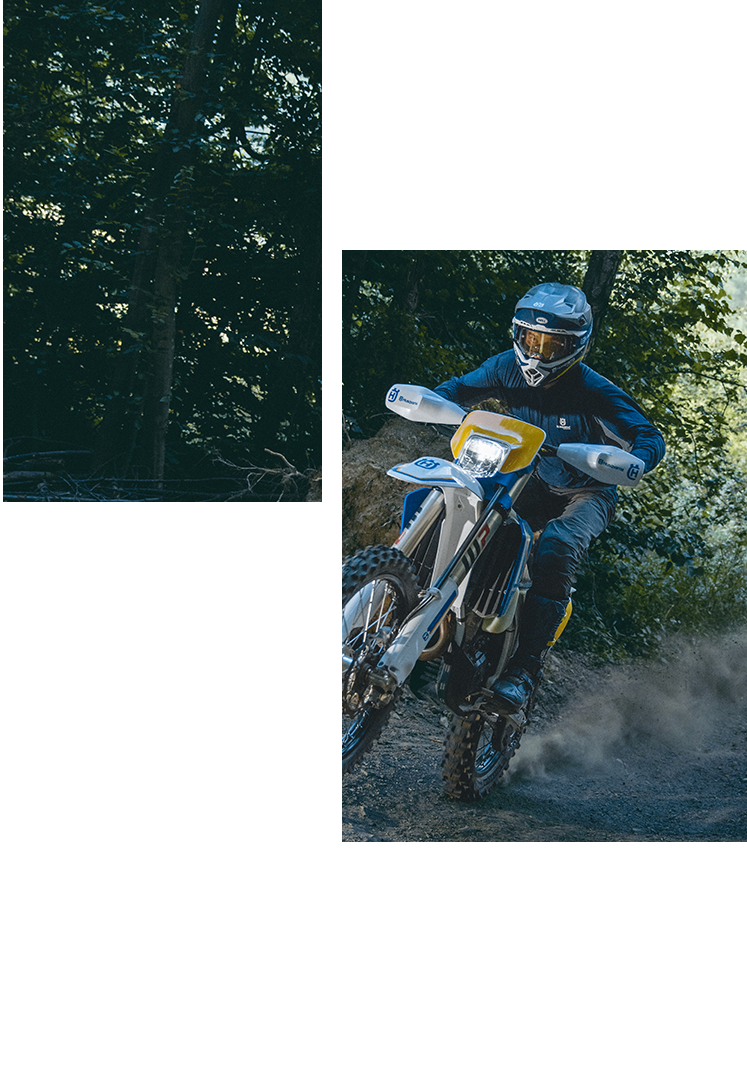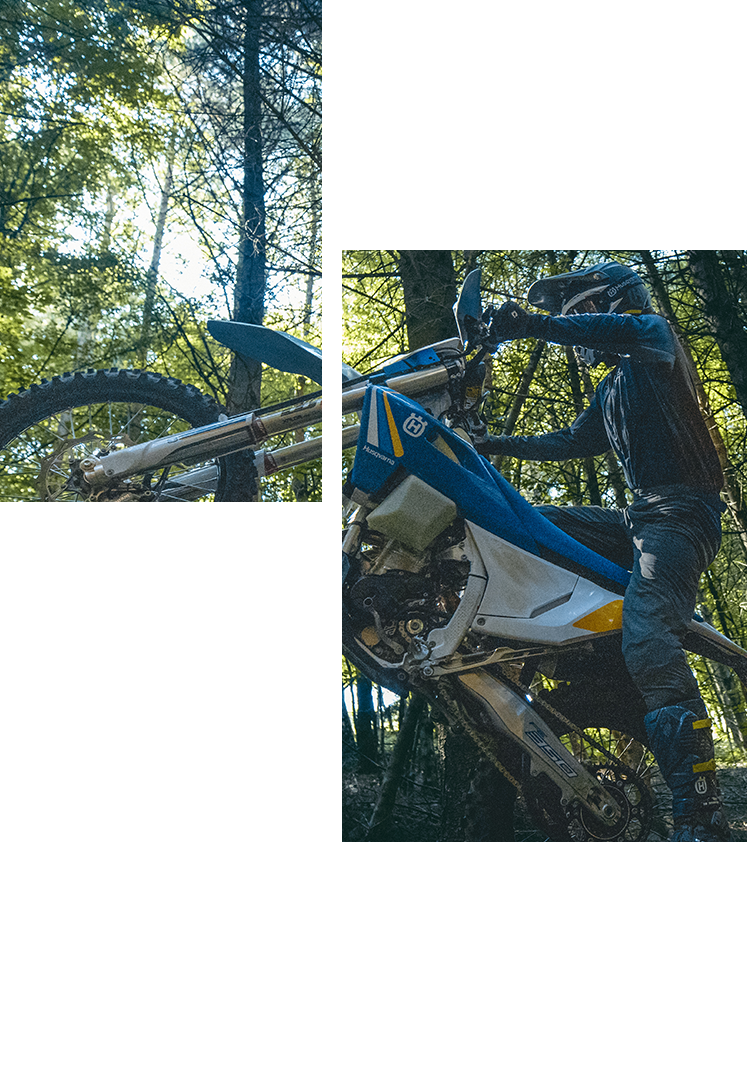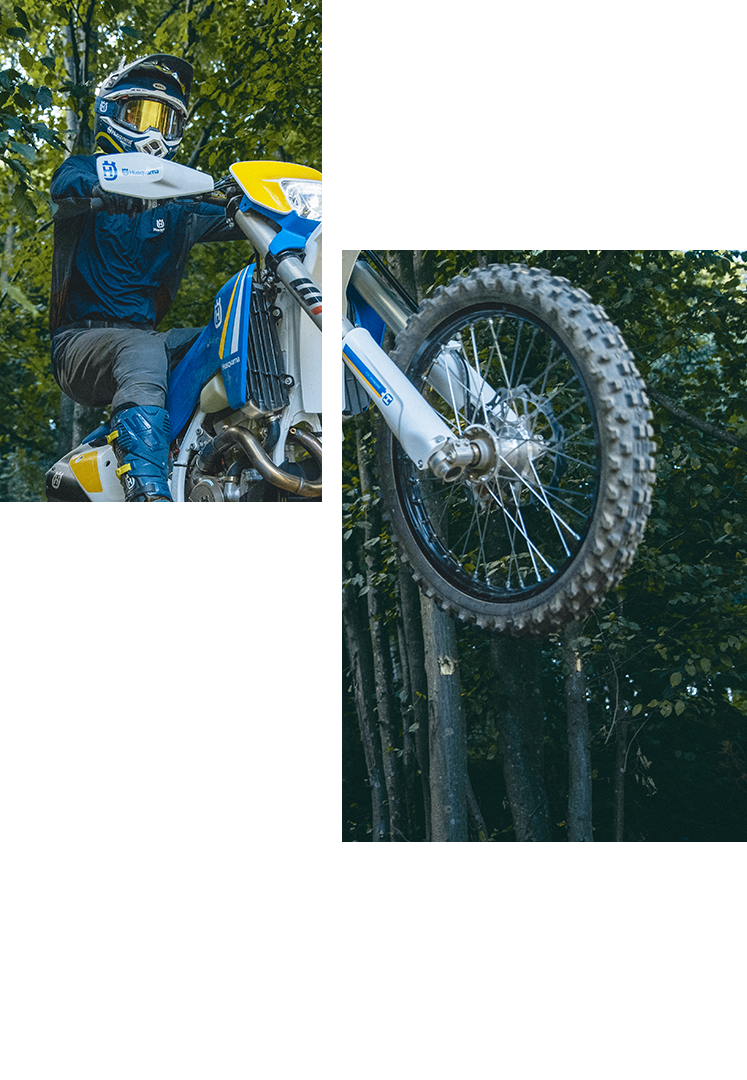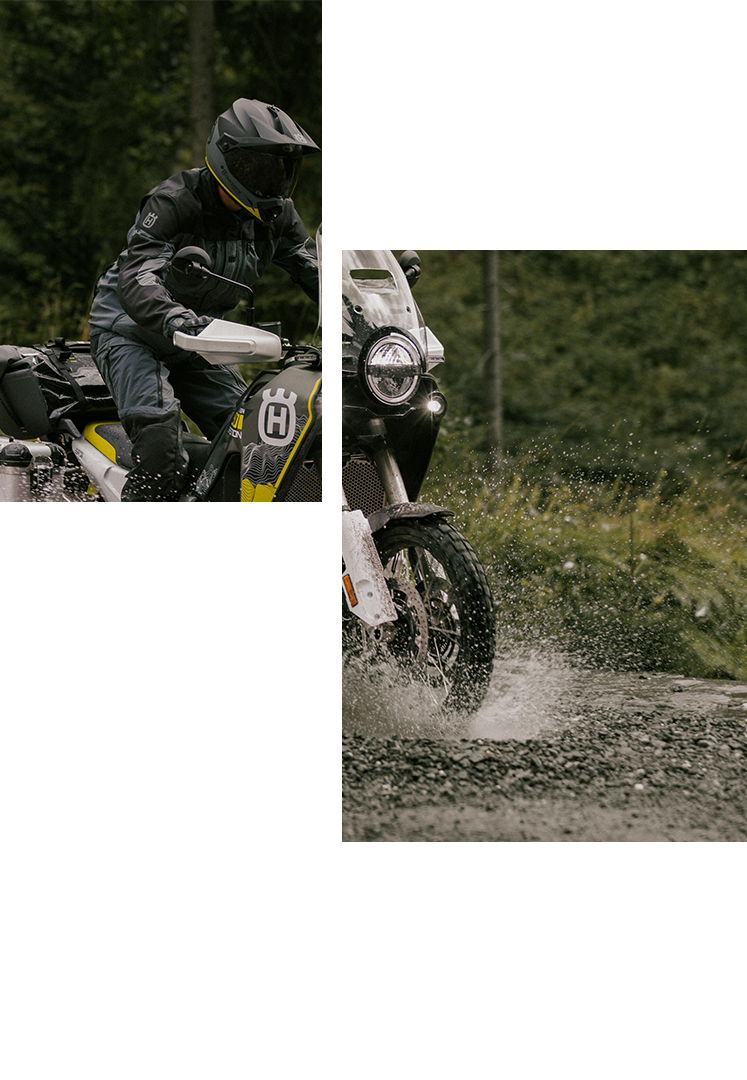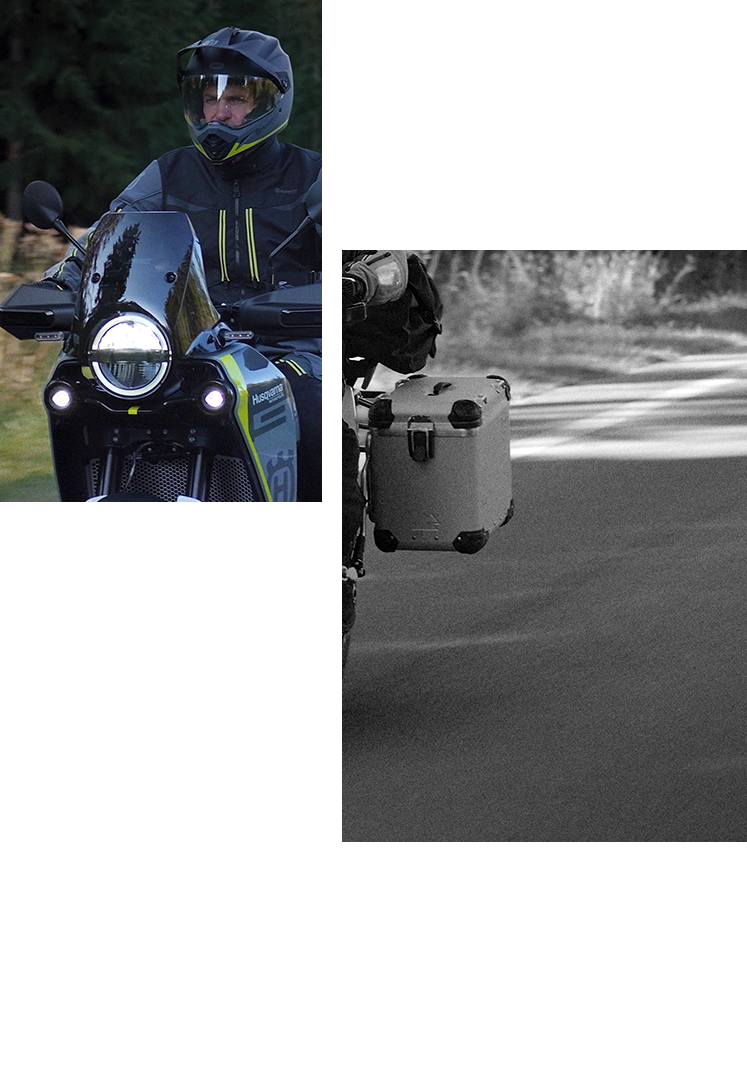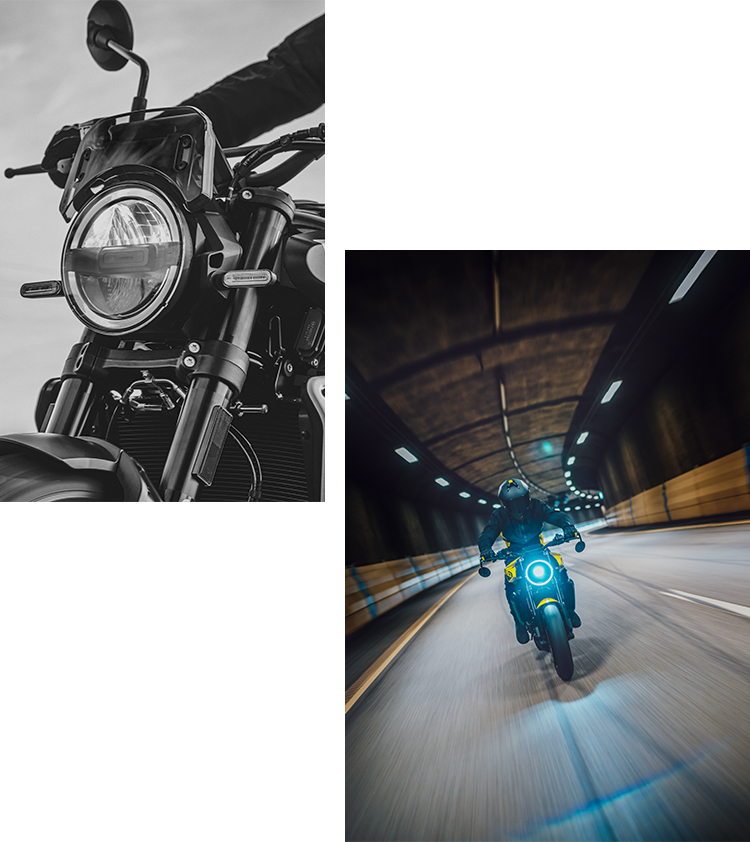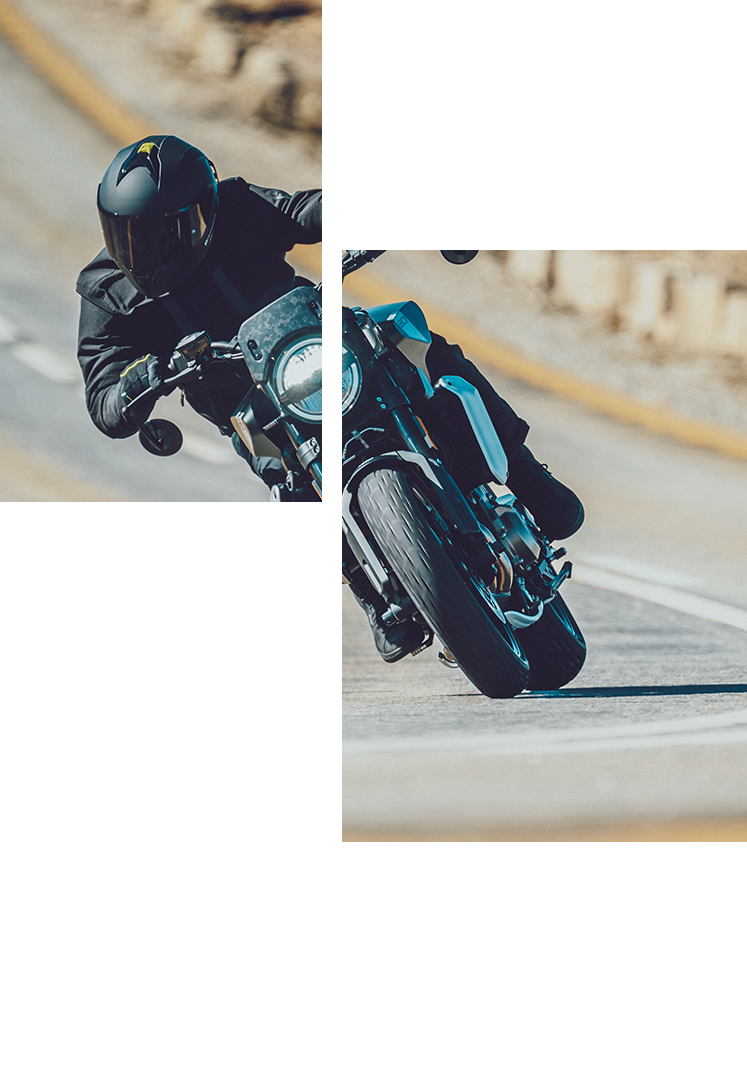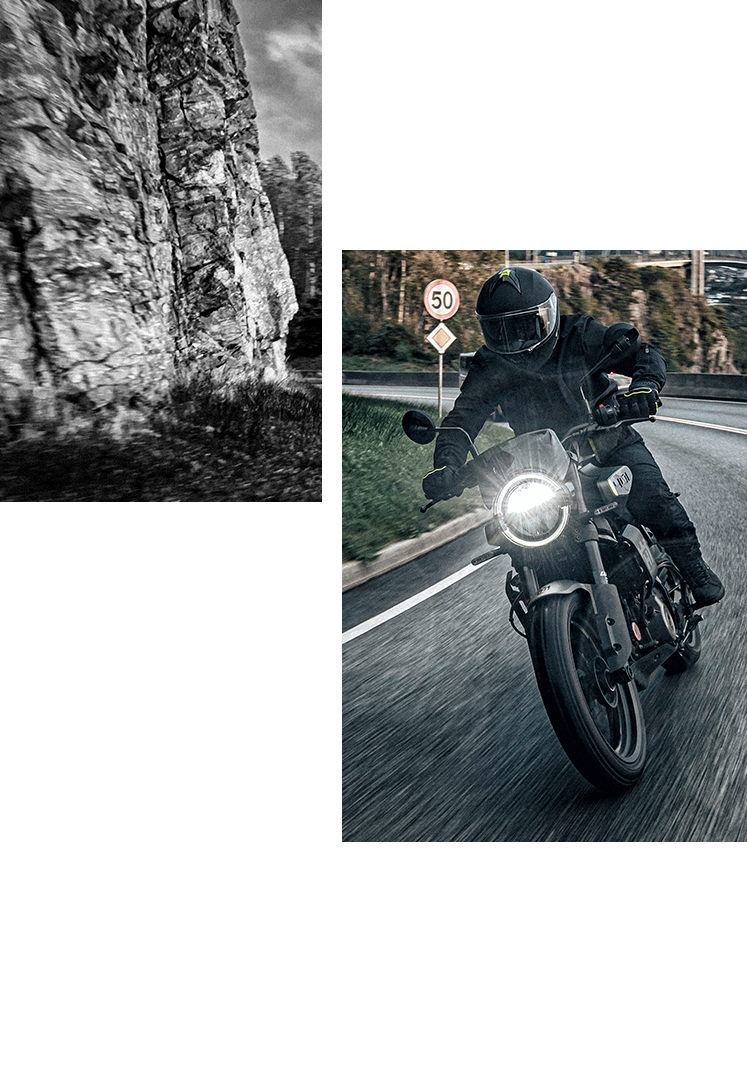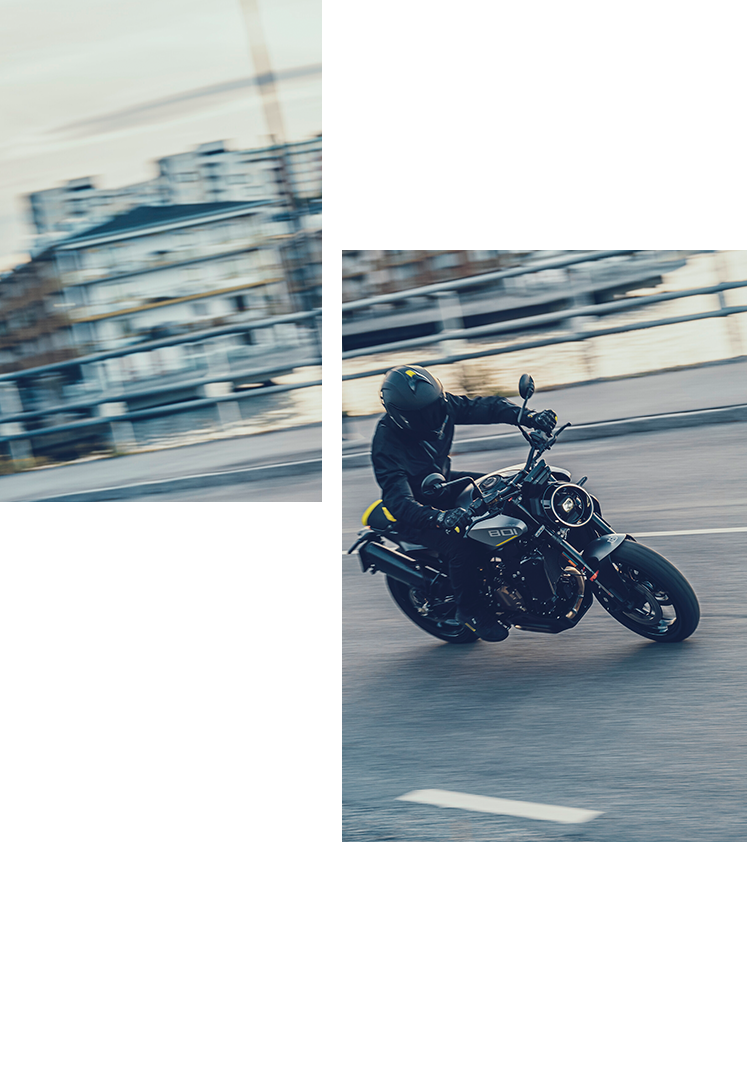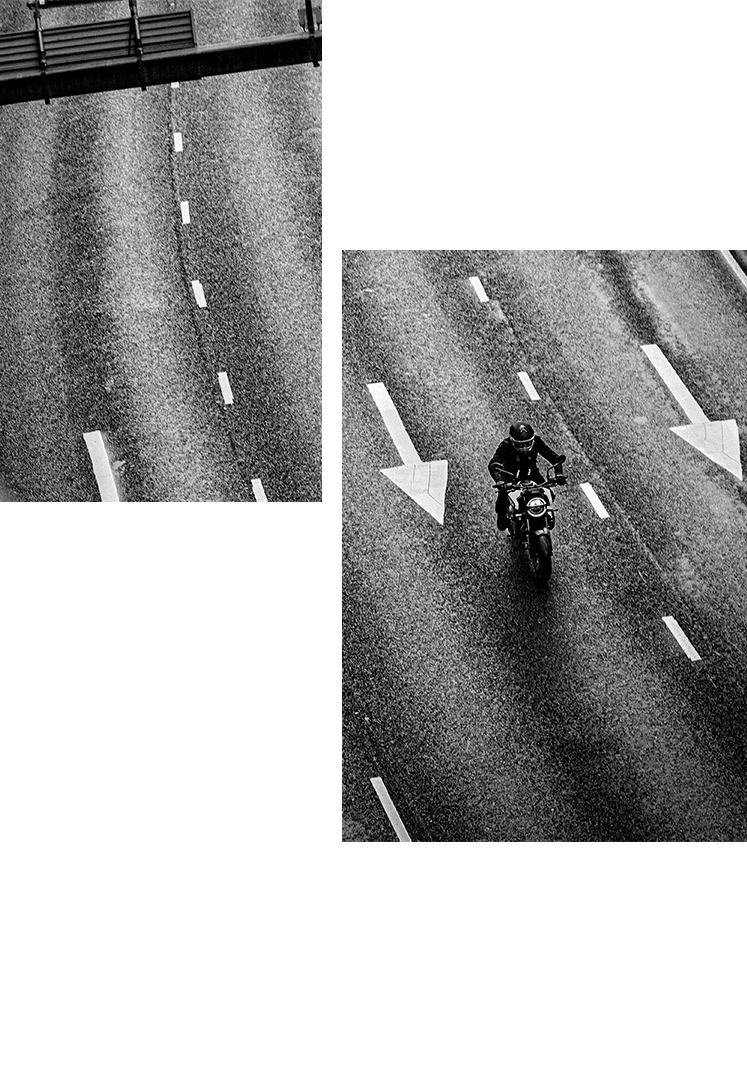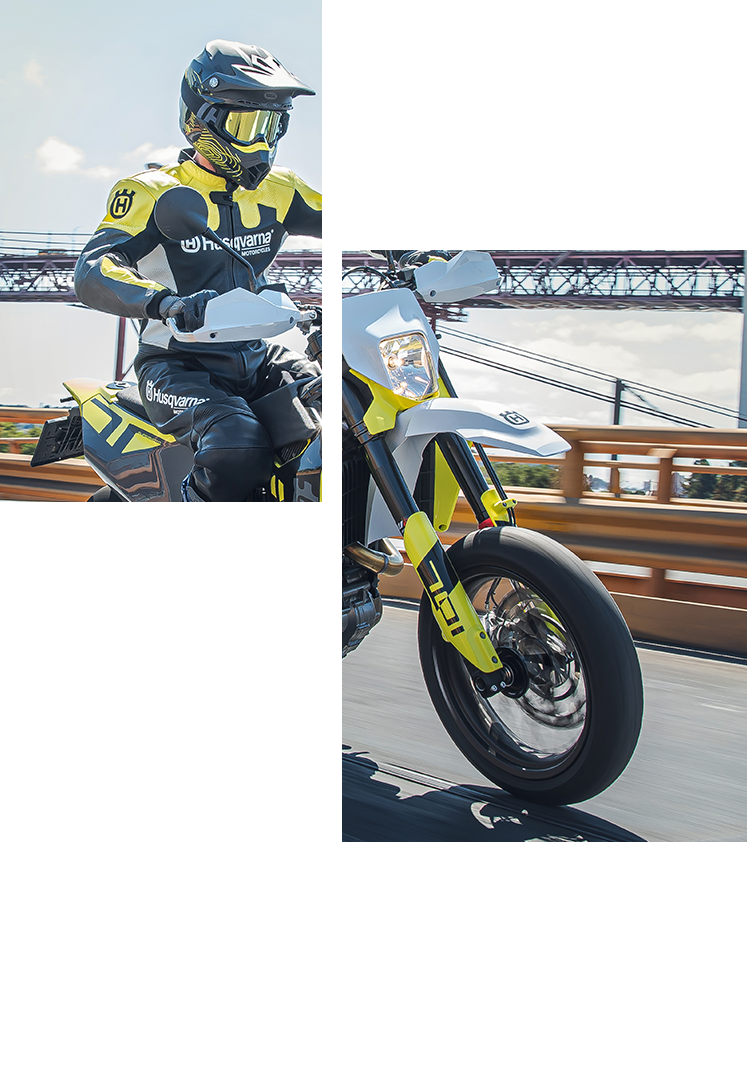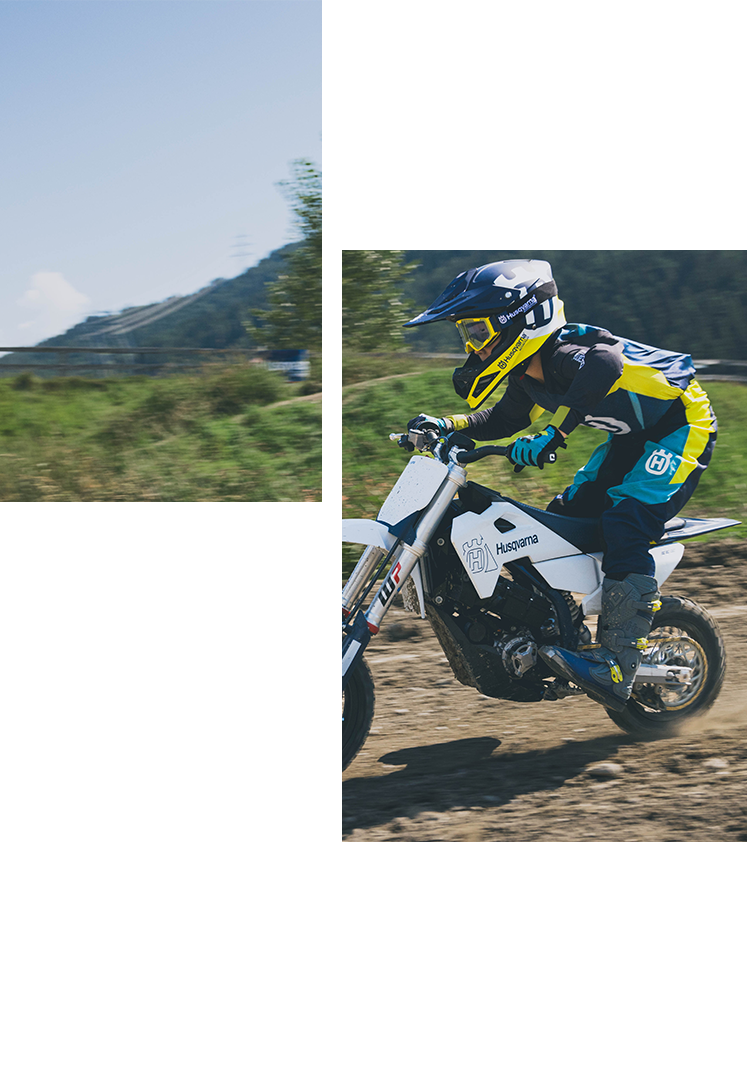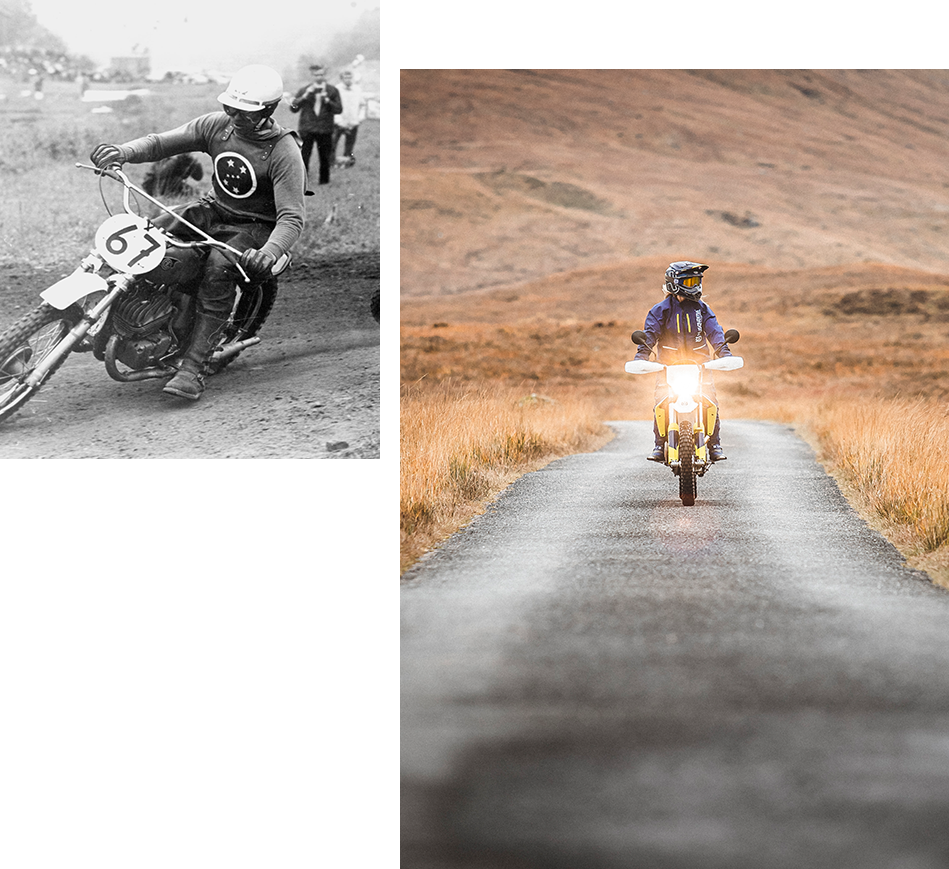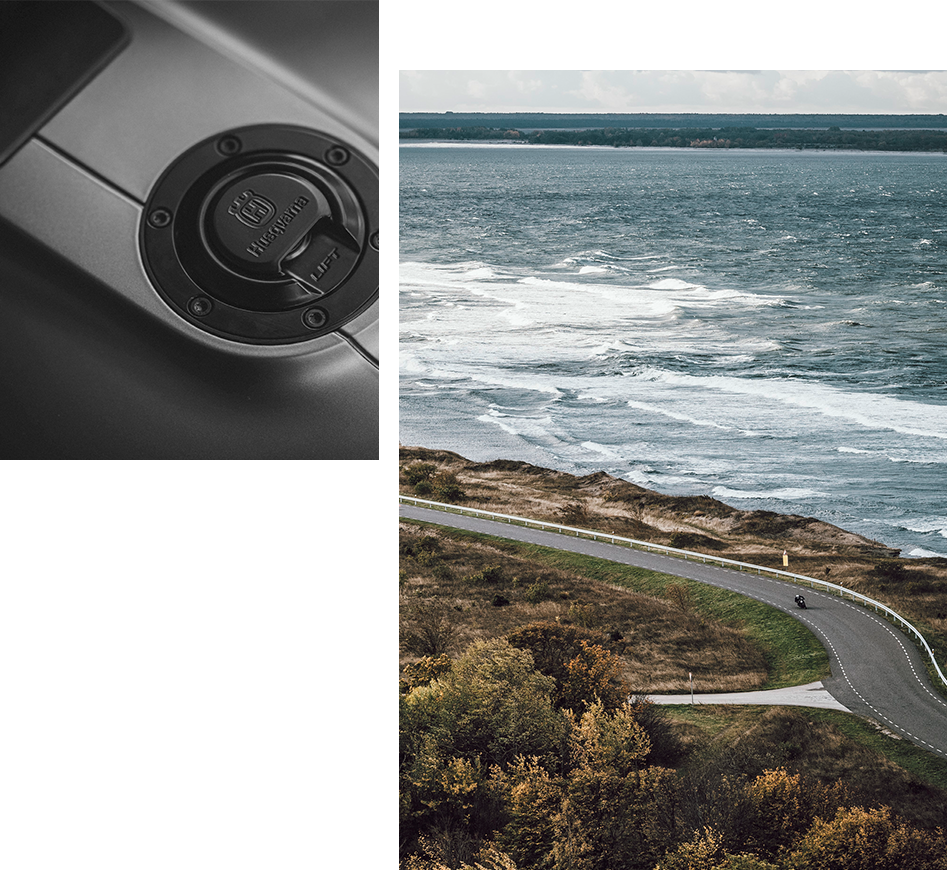Gunnar Kalén, the quiet man with immense talent and speed
By Kenneth Olausson
Swede Gunnar Kalén was contracted to Husqvarna in 1930. The quiet man from Bettna, Sweden did most of his talking on the racetrack where he was almost unbeatable. His success story lasted for five years before tragedy struck in 1934. The brilliant Kalén was as fast on ice as he was on the track - his wins and records were second to none during the peak of his career.
The night sky on December 4, 1927 was crisp and clear - there were sparkles from the snow in the freezing cold weather. On the calendar the date was marked in red, which meant it was Sunday. A new day on the track for Gunnar Kalén on a lake in the vicinity of Hedemora, a town in the district of Dalarna. The previous day, Gunnar had been driving north from the southernmost city of Malmö - a distance of around 850 kilometres, in order to make the start on this chilly day.
Straddling his 500cc Saroléa, Gunnar had to compete with a well-known rider who was riding a big twin-cylinder Husqvarna 750cc. The 750-man shot away from the start but soon Kalén was up behind his faster rival.
He stood no chance against the more powerful bike - until the corners approached. People had heard of Australian riders who were broadsiding in dirt track racing, but no one had so far witnessed a rider who performed this trick on ice - until now. Kalén came full throttle into the bend and simply put his foot down to balance the act through the corner. His opponents never stood a chance of catching up. Kalén won the race in grand style!
Gunnar Kalén was born on the 17th of September 1901 and rode his first race on August 10th, 1923. He rode a Reading Standard and in his debut he came third over the finish line. The Swede, born in Bettna in mid-Sweden, was a handsome, muscular man whose tongue never slipped without having something meaningful to say. He was as quiet in the paddock as he was relaxed during his performances. Kalén was a keen rider who often gave good advice to younger talents to make them improve and go faster.
“Gunnar was an ideal sportsman,” said employer Axel Löfström about his factory rider during 1927-30. Some of Kalén's greatest successes were his five wins in the classic Novemberkasan between 1926-30. His sixth win would then have followed in 1933 when Gunnar rode his factory Husqvarna. At the start there were 13, of which 11 retired – either by machine trouble or out of exhaustion.
In 1929 Gunnar Kalén won most of his races all over the country. When he looked back on his triumphant season Gunnar had 19 victories and came home second not less than 10 times. All achievements were attained on his Belgian Saroléa machine. But in 1930 that was no more. Husqvarna had noticed this privileged rider and offered Kalén a factory contract, which he accepted. His skill connected perfectly with the vast experience of team manager Folke Mannerstedt, who helped develop competition machines that were of premium quality - and they were fast!
In the beginning of 1931, the SuperSwede set an amazing record on ice in Norway. The event was held on Lake Gjer south of Oslo where Kalén entered both as a solo, and sidecar rider. In the solo class he beat the old ice record doing 142.5 km/h on his 1,140cc Husqvarna. When he did 116 km/h on the sidecar machine, people started to wonder whether their clocks were accurate or not.
“I think it will be possible to do 150 km/h on my sidecar,” commented Kalén after his tremendous success.
This statement became reality later in the year when Kalén set a sidecar record that stood for 20 years, before it was beaten.
The Saxtorp Grand Prix of Sweden was held for the third time back in 1932, when Kalén started his victorious career on this world-famous track. Husqvarna had developed two new 500cc machines, which were put into the hands of Kalén and the 24-year old newcomer Ragnar Sunnqvist. After three and a half hours of racing, Sunnqvist beat Kalén with a margin of six minutes. Husqvarna had a double victory on their home turf.
The following year Saxtorp was upgraded and had the status of the European Grand Prix. People came to watch from every corner of the continent. 57 riders from 10 countries competed and the crowd was estimated to be around 150,000 spectators.
Husqvarna had done their homework with updated machines. To the eye you could only tell that the tanks had been revised and now had a capacity of 25 litres each. It was inside the engines however that most of the factory work had been performed by Mannerstedt & Co.
It seemed that Kalén was out of luck as he had to change spark plugs after only a few kilometres. Everyone counted him out of a top position. After 20 of the 30 laps the Norton of the British leader broke down, then on the very last lap Sunnqvist lost his chain, which eliminated him from the race. Gunnar Kalén had, step-by-step, caught up with the leaders and now seemed to have a free path to the finish line. He crossed it first and was crowned European Champion in 1933.
Did Gunnar Kalén become a rich man during his years at Husqvarna? “No,” said Folke Mannerstedt. “Gunnar Kalén had normal wages as a factory employee, but he had some profit from the prize money he received at each big event.”
1934 was to be the big year for Husqvarna. Unfortunately, they were not victorious. The season started with an accident at the harbour when the machines were loaded onto a ship, on their way to the Isle of Man. All the Huskies were severely damaged and had to be brought back to Husqvarna for repairs. Eventually, Kalén made the race, but was unsuccessful as he had to stop numerous times in order to change plugs on the foggy island. In the end, he ran out of spark plugs and retired.
Things did not improve at the next GP in Holland. Kalén had a spill and bent his front forks badly, which forced him to retire once again.
The third race was held at the famous Hohenstein-Ernstthal circuit in Germany. The track was 8.7 kilometres long, winding along some beautiful landscape. However, the surroundings were filled with big trees and other treacherous obstacles. During the first practice session, a German rider lost his life when he went off the track, hitting a tree.
After further training sessions, the track was once again criticized by both riders and managers. Josef Klein, one of Germany's best riders, was also killed hitting a tree while his countryman Bauhofer had severe back injuries after a big crash. Ragnar Sunnqvist was hit likewise, he went off the track and suffered concussion as well as pain in his wrist. “I think our old frames would have been better suited to this track,” Kalén remarked, as he was jumping back and forth with his new, and shorter, factory frame that was less stable than the longer ones used before.
Shortly after one o'clock the Nazi flag was waved and the starters were off outside Chemnitz. Kalén was lying third with Sunnqvist leading followed by a British rider. “After some time, the two of them
came storming past me and I remember thinking, this cannot go well,” said Sunnqvist after the race. In a hole going through a lefthander at Badkobe, Kalén lost grip and went off the track into the woods where he met his destiny.
“Everything happened so fast,” said Sunnqvist afterwards, “it was difficult to establish what really went on.” Kalén had lost his life when he hit his head. He died immediately. “When I passed the crash site on the next lap, Gunnar still lay in the same place and I realized that something dreadful had occurred,” Sunnqvist told with sad eyes. After 25 laps Sunnqvist was ordered into the pits to refuel his machine.
“I could see by the tragic looks in the paddock that Gunnar Kalén was no longer among us.”
The 1st of July in 1934 became a sorrowful day and Sweden lost one of their most successful riders ever. Kalén died with a smile on his face. Everyone missed his keen eyes, his calm manners and his firm grip when saying hello. Gunnar Kalén won most of his races during a brilliant career that lasted for 11 years.
